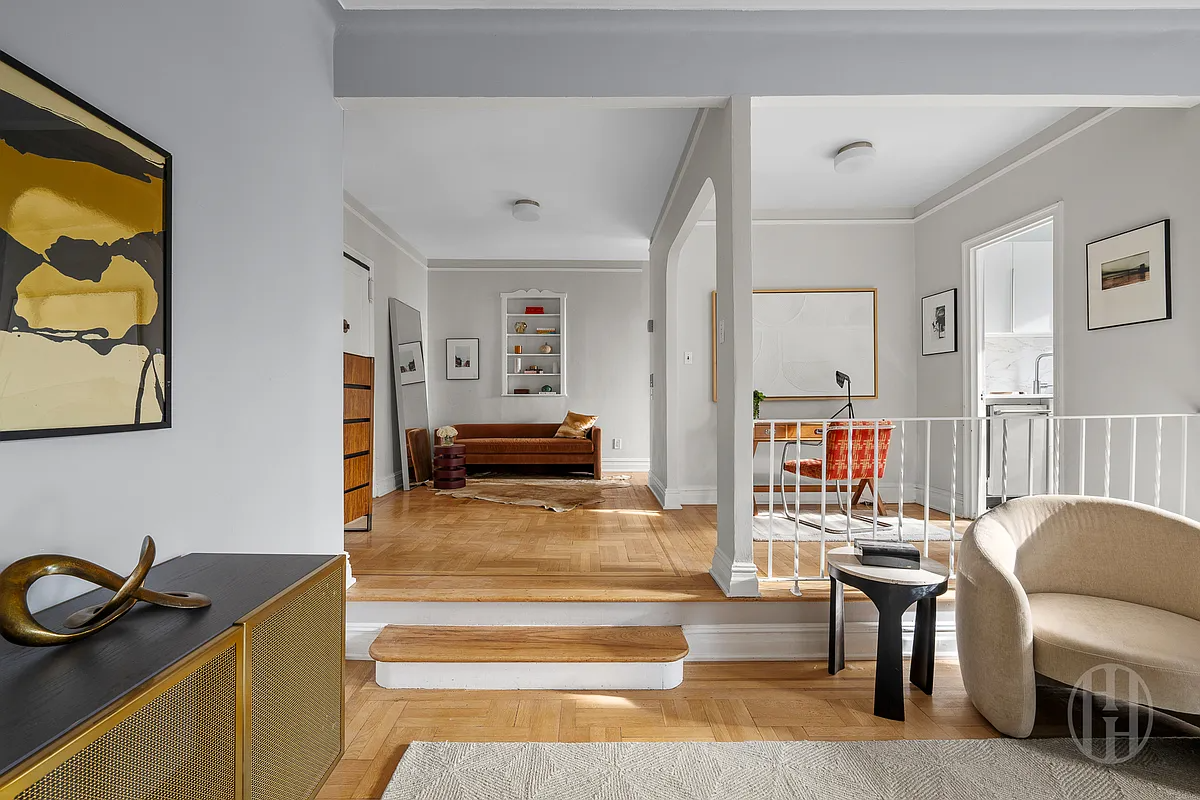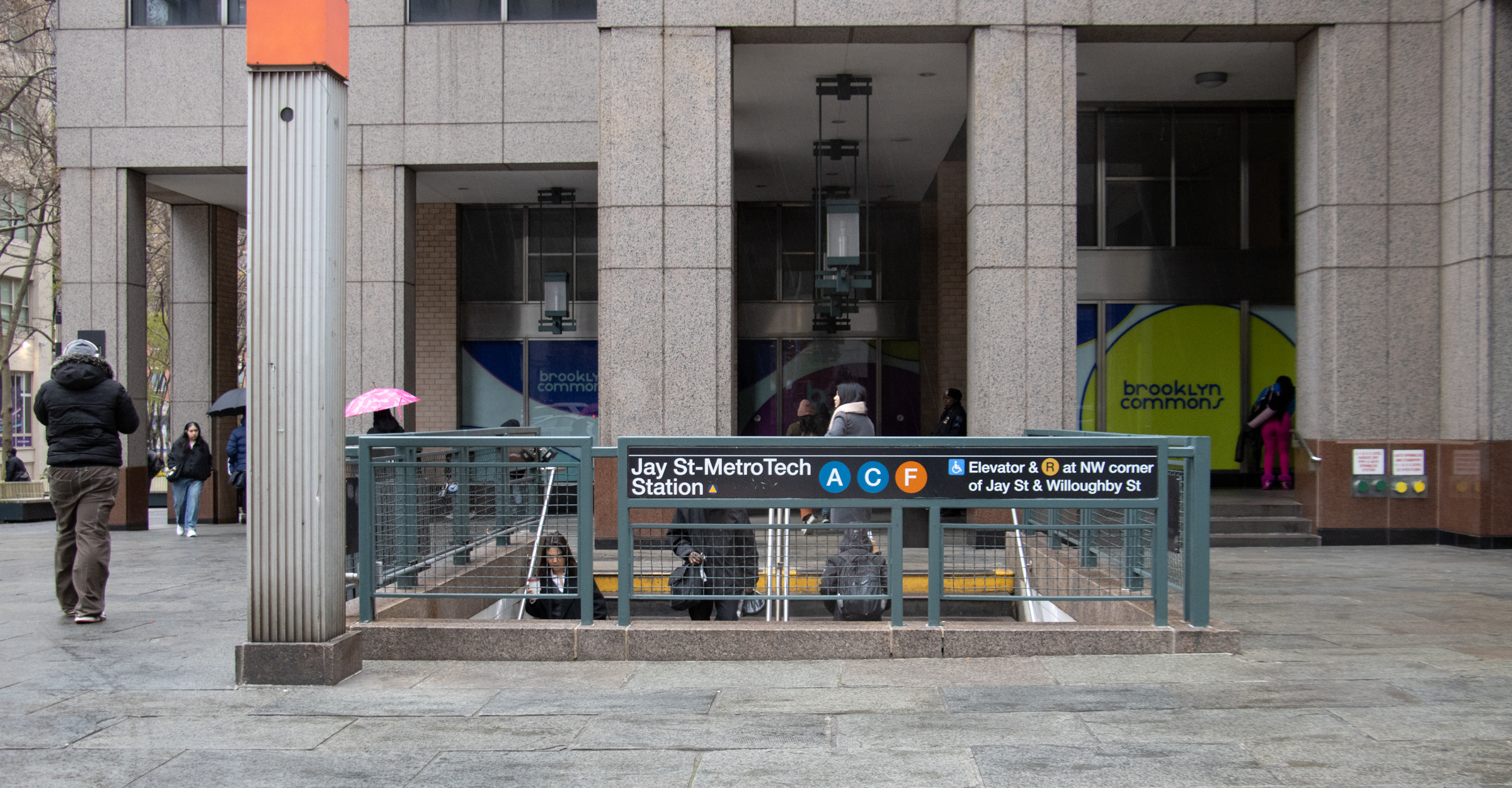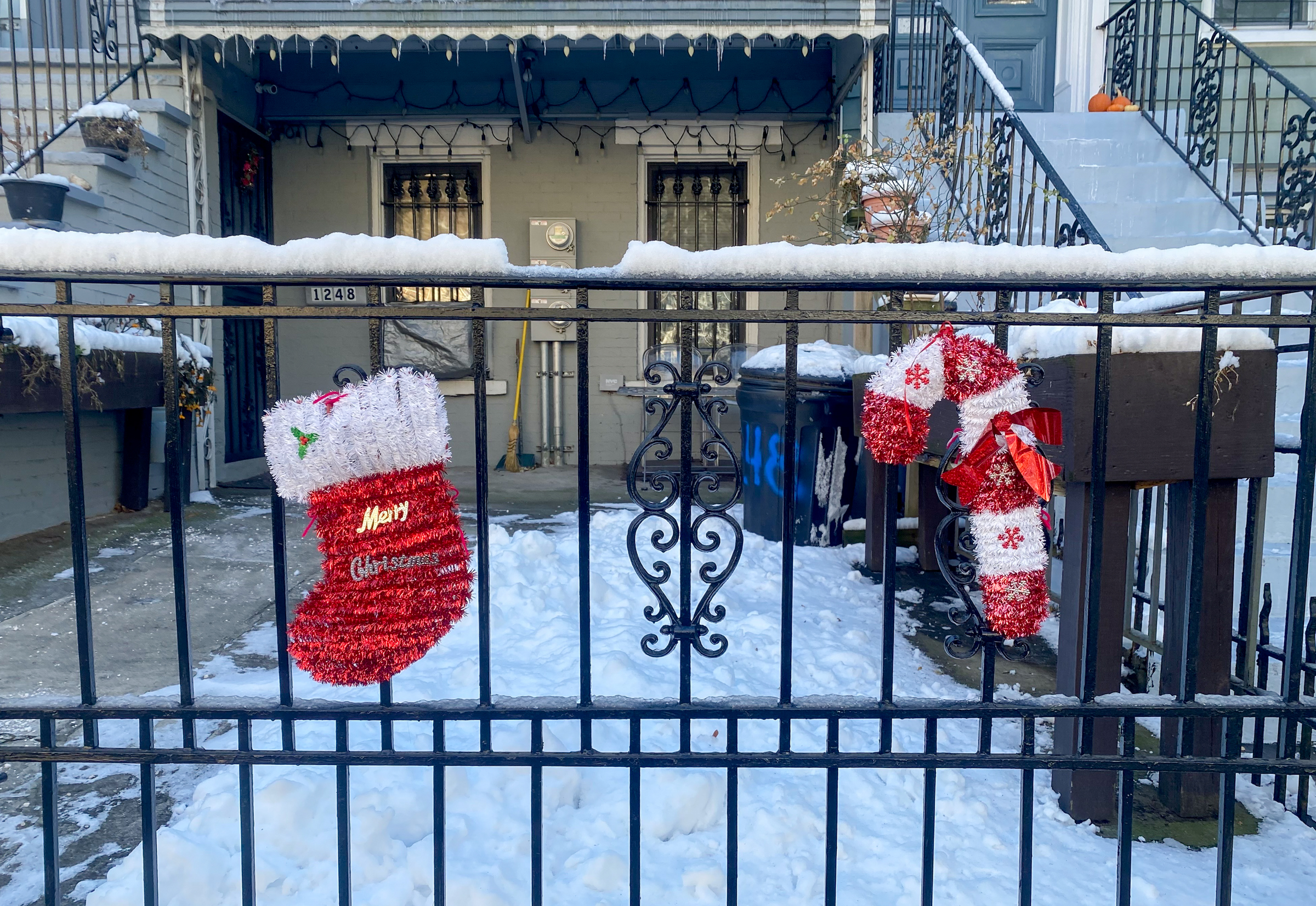The Darkness at Richard Meier's Brooklyn Tower
When Richard Meier, the architect famous for his glass and steel towers such as those on Perry Street in Greenwich Village, announced plans in 2005 for one of his signature buildings at Grand Army Plaza, the idea met with plenty of resistance from residents of Prospect Heights, Crown Heights, and Park Slope, as well as…


When Richard Meier, the architect famous for his glass and steel towers such as those on Perry Street in Greenwich Village, announced plans in 2005 for one of his signature buildings at Grand Army Plaza, the idea met with plenty of resistance from residents of Prospect Heights, Crown Heights, and Park Slope, as well as Brooklynites throughout the borough. Thus, some people might have read with relish the New York Times article profiling the building, now open ten months but on the market for much longer. Through interviews with neighbors and residents, the article leaves final judgment somewhat up to the reader: its vacancy rate proves the Richard Meier experiment in Brooklyn a failure, or a building planned in the boom years that is now struggling to fill spaces (the developers report sales of 50 percent of the units, while Streeteasy has recorded only 25), just like many other new developments, independent of architect or developer. Some residents of the sparsely occupied glass box expressed worry about the dropping values of their new purchases, while one retired couple showed more longevity of thought: “We’re living here for the rest of our lives. We know there are ups and downs in the market. It’s not a time to panic.”
Glass Half Empty: Richard Meier’s Brooklyn Tower [NY Times]
On Prospect Park: Is Anybody Home? [Brownstoner]
Photo via Curbed





How funny –all the emotion is now on the side of panicky buyers. Rest assured, I say with relief, and no envy, that the building is ahistorical, ugly, the developers have miscalculated the cycle and to make good have lied about vacancy rates, the idea that the Times story was written and fact checked in May is silly, and thankfully the problem of owning an overpriced and excrescent white elephant in a down market is not mine. Now what part of that is envy?
BH76… “$400K+ starter apartments”
I wish I was part of this world where those two things make sense together!!
FSRG once again hits it out of the park with his post. I’d like to add a few more points.
I find it amusing that every announcement of a new “affordable” housing development in the boro is met with effusive, uncritical praise on this site, even though:
-these developments are heavily subsidized by the state government, at a time when it is careening towards insolvency.
-the private developers who put up these homes make a quite good profit (and good for them, I say).
-many of these developments are- shall we say – banal in apearance.
Yet, when private developers put their own money at risk to add to the high-end or middle-income stock of housing in our borough, there is a troubling precedent on this site to wish them ill and to mock the architecture (unless they replicate an 1860 era brownstone). What can account for this phenomenon? Does anybody think our borough was better off when it consisted mostly of poor and working-class folks,like in the 70’s?
As I said on another thread today, methinks there is some envy at play.
probopo – its the pseudo-ascetic aesthetic.
I seriously considered buying an apartment in this building. But even for a person like me, who has owned a brownstone in Park Slope for over 20 years and who has accumulated big equity, the apartments seemed overpriced. The whole place has a certain zen-like spareness, which is an aethestic opposite from the parquet, woodwork, decorative plaster etc of a brownstone, which might be a welcome change of pace or might seem too austere to someone who has grown accustomed to victorian excess. I’m not sure. With prices seriously reduced, I think I’ll take another look.
Ringo is 100% correct. I owudl say most of the first-time buyers in our building got significant (if not 100% cash) help with the $400K+ starter apartments. That is not so much the case — so those $450K one-bedrooms are getting big price cuts. And the tading up is at a stand-still.
“BTW – “Signature” (as in Signature location)doesnt mean “great” – it means unique, distinctive and prominent – which this building clearly meets.”
Fair point.
“Remain vacant for extended periods of time, unable to generate cash flow to support proper maintenance and upkeep; detract from the social and economic vitality of its neighborhood.”
Again, IMHO, the vacancy is only a short term problem driven by the asking prices, which will only come down so far until the developer throws in the towel. I don’t think it will get to the point where residents of the building are vacuuming the hallways and shoveling the sidewalks.
As you point out in your well written post (I am serious here), in the long term the greed behind the building will result have resulted in an iconic structure that would not have existed without the greed. That’s fine with me. In the meantime, I am not crying any tears for the developer or the bank. I am also not concerned that the vacancy will have any lasting impact on the neighborhood.
This building has always interested me in terms of being a bellweather for the ultra high end condo market. There have been a number of times that frothy sales in this building have been held up as evidence of a continuing bullish market, mostly because they continue to show up in the last weeks biggest sales section. Then there was some major price cuts which wasn’t clear if it was alte in the sales cycle deals or real trouble. Interesting to get a fuller picture of the building.